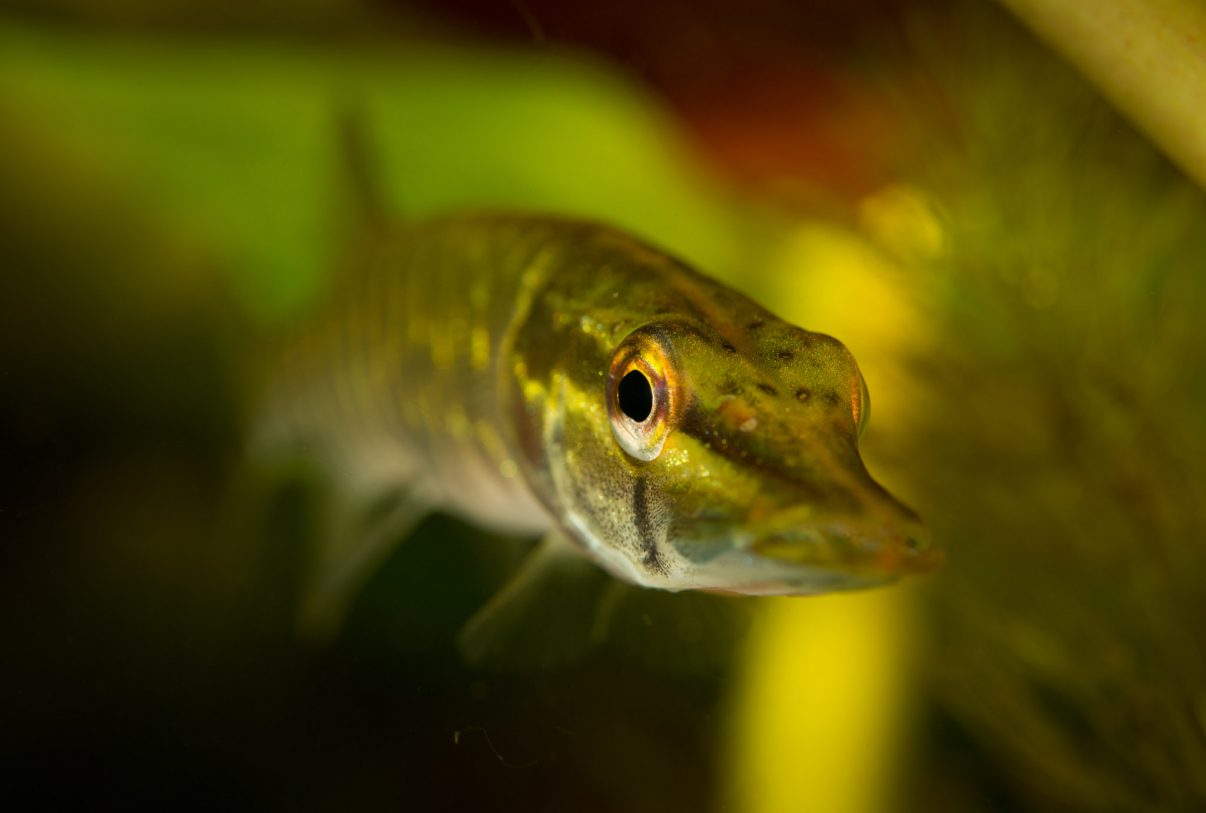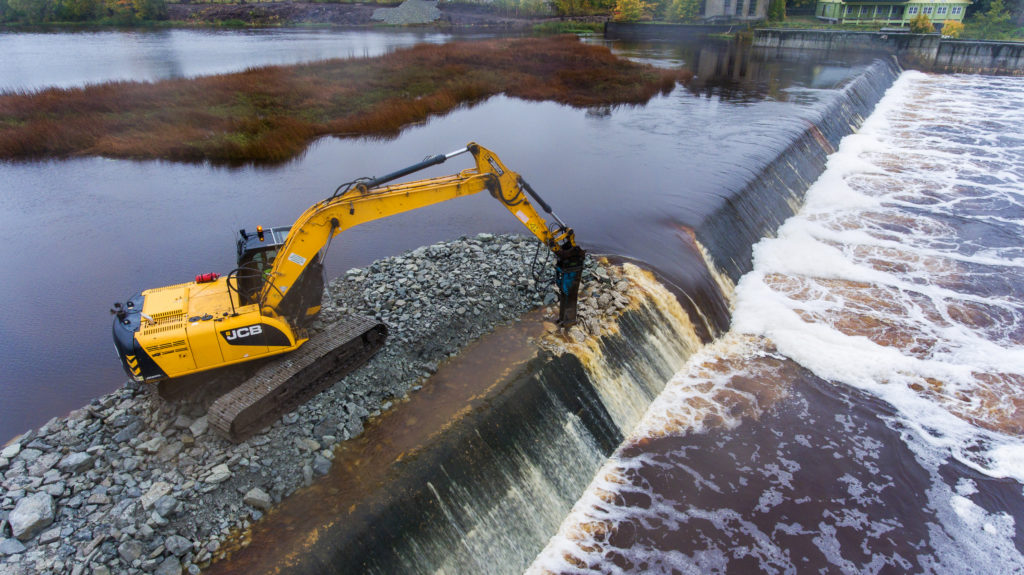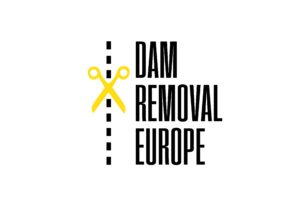Removing dams is the best way of restoring rivers. The last European Rewilding Network webinar of 2019 saw 10 members come together to explore the topic and exchange experience and expertise.

Breaking barriers
Hundreds of thousands of dams and other barriers, many small and many obsolete, fragment Europe’s rivers. While many of these structures provide energy, irrigation and a range of other benefits, their presence has a negative impact on fish and other wildlife. With wild nature along European rivers in long-term decline, the removal of dams has proven to be the most environmentally efficient and cost-effective method of river restoration.
Many members of the European Rewilding Network (ERN) are involved in river restoration, with rewilding measures sometimes involving the removal of dams or the mitigation of their impact. The last ERN webinar of 2019, held on November 27, saw 10 ERN members – representing 16 people from seven European countries – come together to discuss dam removal. They learned more about Europe’s dam removal movement, what it takes to remove a dam, and how Rewilding Europe is now pioneering dam removal business models.
A burgeoning movement
 Herman Wanningen, founder and creative director of the World Fish Migration Foundation, kicked off the webinar. He began his presentation by explaining how there are almost 80,000 dams in the world over 15 metres in height, and over a million barriers of all descriptions along European rivers.
Herman Wanningen, founder and creative director of the World Fish Migration Foundation, kicked off the webinar. He began his presentation by explaining how there are almost 80,000 dams in the world over 15 metres in height, and over a million barriers of all descriptions along European rivers.
These dams, weirs and sluices block migration routes and interrupt sediment and nutrient flow, transforming rivers into a series of isolated reservoirs. “Free-flowing rivers are the freshwater equivalent of wilderness areas,” said Wanningen. “These healthy ecosystems are invaluable because they provide food and clean water to people and wildlife.”
Wanningen highlighted several successful examples of recently removed European dams – the Vezins and La Roche Qui Boit hydroelectric dams in France, Yecla de Yeltes Dam in Spain, Tikkurila Dam in Finland, and Sindi Dam in Estonia.

Barrier Atlas
The Fish Migration Foundation is a member of the AMBER project, which seeks to apply adaptive management to the operation of barriers in European rivers to achieve a more effective and efficient restoration of stream connectivity.
To achieve this goal project members have developed a free mobile app called the “AMBER Barrier Tracker” – available on both IoS and Android – which allows European citizens to record the presence of freshwater barriers. This has led to the creation of Europe’s first “Barrier Atlas“, which gives a clear and comprehensive understanding of European river fragmentation.
Removal in practice
The second webinar presentation was made by Mykhailo Nesterenko, Executive Director of Rewilding Ukraine. He spoke about the recent removal of 10 obsolete, Soviet-era dams on the Kogilnik and Sarata Rivers in the Ukrainian part of the Danube Delta rewilding area.
The removal process, which was carried out by a local contractor, was financed by the Endangered Landscapes Programmeand a crowdfunding campaign. Prior to the removal the Danube Biosphere Reserve carried out an investigation which established the feasibility and desirability of the dam deconstruction.
Nesterenko outlined the various steps involved in the dam removal process. These included determining ownership and property rights (not an easy task for obsolete dams), agreeing ownership of the initiative with a local partner, conducting the feasibility study, and estimating the costs of removal.
Scaling up
 Dam removal began to take off in Europe after the EU adopted the Water Framework Directive in 2000, which requires member states to improve the ecological protection of rivers and lakes. While some European countries – most notably those on the Balkan Peninsula – are currently on a dam-building spree, dam deconstruction is now ramping up in many others.
Dam removal began to take off in Europe after the EU adopted the Water Framework Directive in 2000, which requires member states to improve the ecological protection of rivers and lakes. While some European countries – most notably those on the Balkan Peninsula – are currently on a dam-building spree, dam deconstruction is now ramping up in many others.
Despite such progress, there is still a pressing need to generate further dam removal momentum. Rewilding Europe joined Dam Removal Europe (DRE) – a European-wide coalition of organisations – in 2018. Together with WWF, the World Fish Migration Foundation, The Rivers Trust and ERN France, we are currently working to scale up Europe’s dam removal process.
The business of dam removal
Within the DRE coalition, Rewilding Europe is now leading the development of dam removal business models. The webinar concluded with a presentation by Wouter Helmer, Rewilding Europe’s Senior Advisor Rewilding, who also represents Rewilding Europe in the Dam Removal Europe project team. He spoke about investible dam removal projects and the business models behind them.
So far ten investible financial models have been identified by Helmer and his partners. These include the creation of new fish economies, biodiversity offsetting, hydropower offsetting, sales of land after dam removal, buying/obtaining dams rights, and dredging and selling sediment. The next step is to find early adopters across Europe for one or more of these models and to develop them further.
ERN 2.0
Today rewilding is gaining momentum as a progressive and effective approach to conservation in Europe. Underpinning this trend, the burgeoning ERN continues to foster collaboration and amplify results.
Founded by Rewilding Europe in 2013, the aim of the ERN is to enhance the efforts of each member by facilitating the exchange of skills, insight and experience. Members meet regularly, usually via webinar, while nature-based businesses can also apply to Rewilding Europe Capital, Rewilding Europe’s enterprise loan facility.
The criteria for ERN membership have recently been revised, as the network shifts its focus from expansion to support for practical, result-oriented rewilding. Rewilding Europe extends a warm welcome to all European rewilding initiatives and encourages them to apply for ERN membership.
Want to know more?
